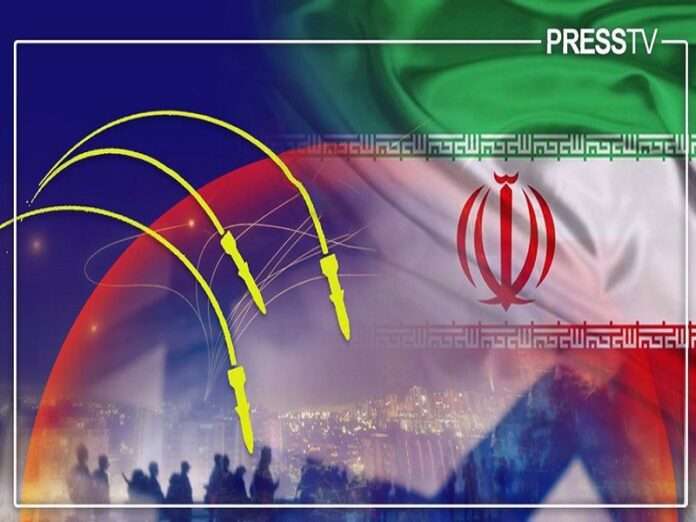Iran launched several hundred ballistic missiles against Israel on the evening of 1 October in retaliation for the self-professed Jewish State’s assassination of top Resistance Axis figures and its latest war in Lebanon. Both sides are spinning this to their advantage: Iran claims that “True Promise II” destroyed several of its enemy’s military bases while Israel insists that it was a mostly harmless demonstration. Even so, Israel still promised to retaliate at a time and place of its choosing, keeping the world on edge.
The timing of Iran’s retaliation coincides with the start of the latest Israeli-Lebanese War’s ground phase and might thus have been partially meant to deter a large-scale operation that could lead to Gaza-like levels of destruction. It also followed some of its supporters angrily speculating that Hezbollah chief Sayyed Hassan Nasrallah’s assassination last week might not have happened had Iran decisively responded to the assassination of Hamas’ political chief Ismail Haniyeh in Tehran over the summer.
These factors suggest that Iran aimed to advance military, reputational, and strategic goals: deter a Gaza-like war in Lebanon; “save face” before its supporters; and ideally restore deterrence. The Resistance loudly cheered Iran’s delayed retaliation so its reputational goal was indisputably met, but it’s premature to conclude that its corresponding military and strategic ones were achieved. After all, Israel promised to retaliate, so everyone will have to wait till that happens to judge whether or not Iran’s strikes succeeded.
If Israel doesn’t do so soon, then speculation will swirl that it might have suffered devastating military damage exactly as Iran claimed, plus it would appear that Israel might be too afraid of Iran’s promise to retaliate even more fiercely than ever if Israel attacks it after that. An alternative explanation for this scenario could be that Israel couldn’t secure US support for its own retaliation, after which it either called it off or delayed it in order to revise its original plans. In any case, deterrence would be restored.
It would also be restored if Israel’s retaliation is limited and could thus be spun by the Resistance as a mostly harmless demonstration exactly as Israel is spinning Iran’s latest strikes. Most observers would probably perceive any retaliation in this way if it doesn’t involve Israel hitting targets inside of Iran. The abovementioned insight about Israeli-American differences, which readers can learn more about here, could be a factor behind any restrained retaliation that ultimately results in restoring deterrence.
And finally, the third scenario is that Israel retaliates against Iran by hitting its air defenses and/or energy infrastructure like Axios reported on Tuesday might be in the cards for later this week, in which case a dangerous cycle of strikes could follow since Iran would then feel pressured to retaliate to “save face”. That could easily spiral out of control since each side might try to outdo the other, thus quickly putting the assumption of “Mutually Assured Destruction” (MAD) between them to the test.
All that can be assessed thus far in the absence of any Israeli retaliation at the time of writing is that both sides are very concerned about their reputations. Neither wants to look weak in the other’s eyes since they fear that this could encourage more attacks, including against their partners, but they’ve also thus far been careful not to risk a wider war either. That calculation is the most important, but hawks on both sides already believe that theirs is stronger than the other, hence their eagerness to escalate up to MAD.







